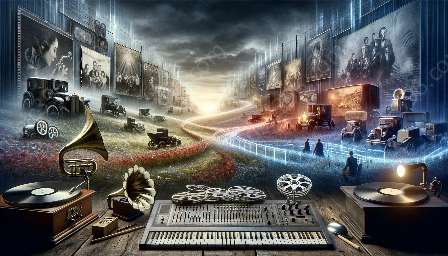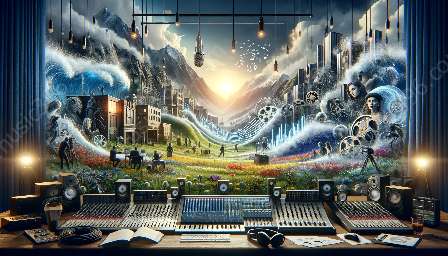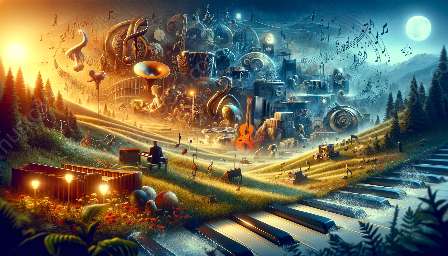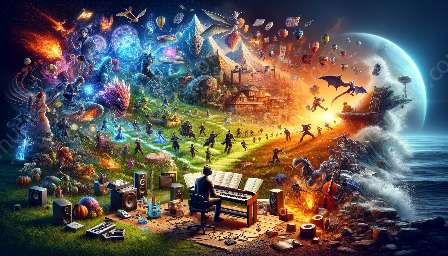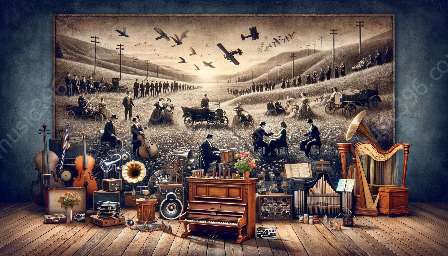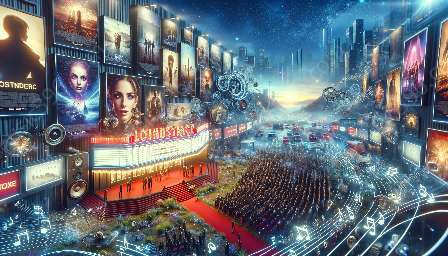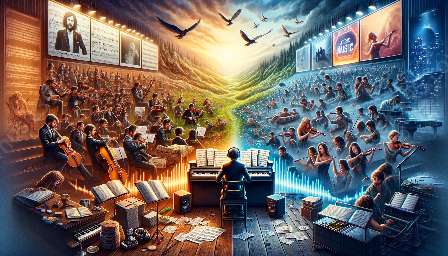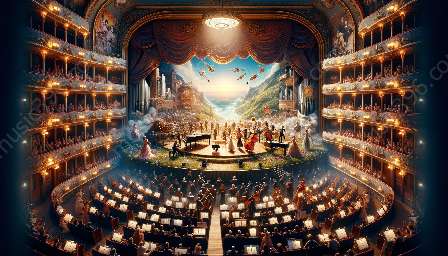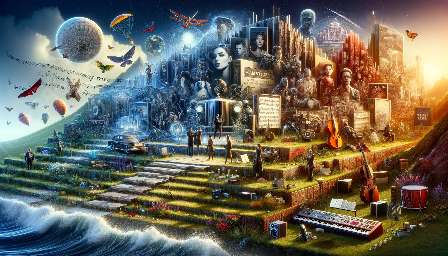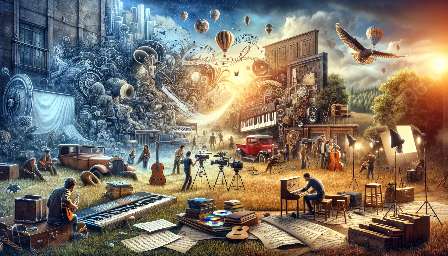Soundtracks are powerful elements in the world of film and media, enhancing the visual experience and creating emotional connections with the audience. Iconic soundtrack composers have employed innovative techniques to craft unique and memorable soundtracks, blending creativity, technology, and musical expertise to leave a lasting impression. This article delves into the evolution of soundtracks, explores the influence of iconic composers, and uncovers the techniques that have shaped the art of soundtracks.
Evolution of Soundtracks
Soundtracks have evolved significantly over the years, transitioning from simple background music to complex, integral parts of storytelling. Early silent films relied on live musicians to accompany the visuals, setting the tone and mood of the scenes. With the advent of synchronized sound in the late 1920s, composers gained the ability to craft original scores perfectly timed to the on-screen action.
As technology continued to advance, soundtracks became more sophisticated, incorporating orchestras, choirs, and electronic instruments. Composers embraced a wider range of musical styles and genres, allowing for greater creativity and diversity in soundtracks.
Influence of Iconic Composers
Iconic composers have left an indelible mark on the world of soundtracks, revolutionizing the art form and inspiring future generations. Visionaries such as John Williams, Hans Zimmer, Ennio Morricone, and Bernard Herrmann have redefined the possibilities of soundtracks through their innovative approaches and groundbreaking compositions.
John Williams, known for his iconic scores in franchises like Star Wars, Indiana Jones, and Jurassic Park, has mastered the art of leitmotif and orchestration, weaving intricate musical themes that have become synonymous with the films themselves.
Hans Zimmer, renowned for his work on films like Inception, The Dark Knight, and Gladiator, has pushed the boundaries of sound design and electronic music, using unconventional instruments and techniques to create immersive and unforgettable soundscapes.
Ennio Morricone, celebrated for his collaborations with director Sergio Leone on spaghetti westerns like The Good, the Bad and the Ugly, crafted evocative soundtracks that elevated the tension and drama of the films, often incorporating unique instrumentation and experimental recording methods.
Innovative Techniques
Composers have employed a myriad of innovative techniques to imbue their soundtracks with originality and impact. Some of these techniques include:
- Leitmotif: Composers use recurring musical themes associated with specific characters, places, or emotions to create a sense of continuity and depth throughout the soundtrack, allowing audiences to form strong emotional connections with the narrative.
- Instrumentation: The choice of instruments and orchestration can greatly influence the mood and atmosphere of a soundtrack. Iconic composers often experiment with unconventional instruments, electronic elements, and unique combinations to achieve distinctive sonic textures.
- Sound Design: Incorporating sound effects and non-musical elements into the soundtrack can heighten the immersive experience for the audience, adding layers of realism and depth to the sonic landscape.
- Collaboration: Working closely with directors, editors, and sound designers, composers engage in collaborative processes that influence the creation of the soundtrack, ensuring a cohesive integration of music and visuals.
Impact of Technology
Advancements in technology have revolutionized the way composers approach the creation of soundtracks. Digital audio workstations, sample libraries, and virtual instruments offer composers unprecedented freedom and flexibility in crafting and manipulating sounds. Additionally, the use of electronic instruments and synthesizers has expanded the sonic palette available to composers, allowing for unconventional and experimental soundscapes.
Furthermore, advancements in recording, mixing, and mastering technologies have elevated the sonic quality of soundtracks, providing composers with the tools to achieve greater depth, clarity, and dynamic range in their compositions.
Conclusion
Iconic soundtrack composers continue to push the boundaries of creativity and innovation, employing a wide array of techniques and leveraging technological advancements to craft soundtracks that resonate with audiences worldwide. By embracing diverse musical styles, experimenting with instrumentation, and collaborating closely with filmmakers, these composers have set a high standard for the art of soundtracks, leaving an enduring legacy that continues to inspire and captivate audiences.


